Supply Chain Report – 10/13/2025
China’s Ministry of Commerce has criticized the United States’ renewed tariff threat, describing it as an example of “double standards” and urging Washington to adopt a more balanced approach toward trade engagement. The statement came after former U.S. President Donald Trump announced the possibility of imposing an additional 100% tariff on Chinese goods, a move that could further strain economic relations between the two largest economies in the world.
According to the ministry’s spokesperson, Beijing is prepared to introduce “appropriate countermeasures” if the proposed tariff increase materializes, though no specific actions were detailed. The spokesperson emphasized that China “does not seek conflict” but remains “unafraid of challenges,” reiterating that open dialogue and cooperation are key to maintaining global economic stability.
Trump’s comments followed Beijing’s recent decision to tighten export regulations on rare earth materials — critical components used in technologies such as smartphones, solar panels, and electric vehicles. The U.S. has described these measures as restrictive, while China maintains they are necessary to ensure responsible resource management and national security.
Financial markets reacted swiftly to the heightened rhetoric, with the S&P 500 closing down 2.7% on Friday — its largest single-day decline since April. Investors expressed concern that the escalating tariff discussions could slow global trade recovery and increase manufacturing costs across multiple sectors.
In his follow-up remarks on social media, Trump stated that there was “no need to worry about China,” expressing optimism that both nations could ultimately find a path forward. However, his earlier comments had already reignited discussions over potential disruptions to the global supply chain.
Both countries have a long-standing history of tariff disputes. Earlier this year, Washington and Beijing agreed to ease several trade restrictions that had previously seen triple-digit tariff rates imposed on each other’s goods. Despite the partial rollback, many of these duties remain in place, with U.S. imports from China still facing an additional 30% levy on average, while American goods entering China are subject to around 10% in tariffs.
China’s latest statement also addressed the broader implications of U.S. export controls on semiconductors and other advanced technologies, accusing the U.S. of “overstretching the concept of national security” and engaging in “discriminatory trade practices.” The ministry reiterated that export control measures should be applied fairly and “not used as tools for economic coercion.”
“Resorting to tariff threats is not the right way to engage with China,” the ministry spokesperson said. “Our position has always been consistent — we do not want a tariff confrontation, but we will not hesitate to defend our legitimate interests.”
The rare earth sector remains a key area of focus in this evolving trade landscape. China currently processes about 90% of the world’s rare earth elements, giving it significant influence over global production of essential materials used in clean energy, defense systems, and consumer electronics. The new export control adjustments are expected to impact industries heavily reliant on these materials, particularly in the United States and Europe.
Observers suggest that the recent exchanges between Washington and Beijing may be strategic, positioning both sides ahead of potential high-level trade talks. It remains uncertain whether a planned meeting between Trump and Chinese President Xi Jinping at an upcoming summit in South Korea will proceed as scheduled.
Economists warn that renewed tariff tensions could affect not only the bilateral relationship but also the global manufacturing landscape, increasing production costs and creating ripple effects throughout the supply chain. Both nations continue to face pressure from international partners to pursue constructive engagement and avoid measures that could hinder economic recovery.
#TradePolicy #GlobalEconomy #TariffNews #USChinaRelations #SupplyChainUpdate

















